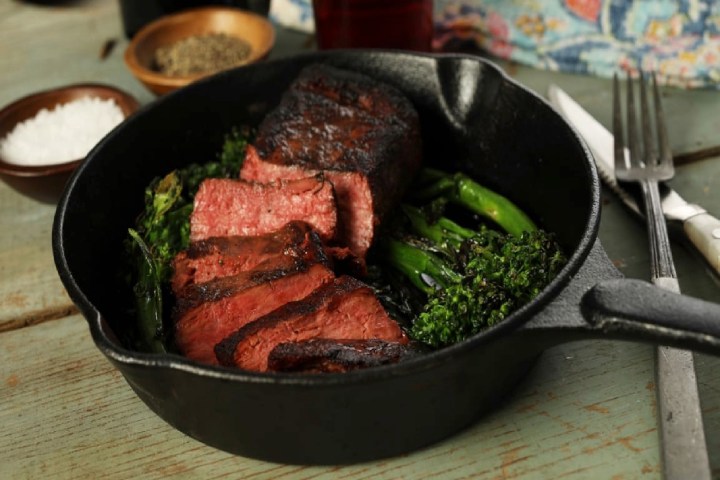
If you’re a vegan or vegetarian (or, heck, just someone who can go one meal without chowing down on animal flesh), you may have come across burger joints swapping out the traditional meat patty for a juicy portobello mushroom in a burger. The deceptively named foodie startup Meati Foods takes this meat alternative approach to the next level, however.
As the latest company to enter the increasingly crowded fake meat market, they have developed a foodstuff they claim both looks and tastes like a steak, but is actually made entirely from mushroom. In doing so, Meati hopes to challenge the might (or is that meat?) of similar companies such as Impossible Foods and Beyond Meat.
Meati Foods’ co-founders met at the University of Colorado. According to their website they, “connected over a few beers and realized their shared passion for helping people and the planet through engineering and science.”
It seems that the beers may have been an instrumental of the story, too, since some of the processes involved in brewing are also used for creating Meati Foods’ faux meaty food. The product starts with mycelium, the vegetative part of a fungus, consisting of a network of white filaments. This fungus is fermented in large tanks of water, sugar, and nutrients, before being harvested in a process described as “similar to cheese making.” After this, it’s handed off to in-house “culinary experts” who add the natural ingredients which gives it its meaty taste.
The use of fungus isn’t just about getting the right texture. It can be produced exceptionally quickly using the fermentation process. According to its creators, the equivalent amount of “meat” to that produced by almost 4,500 cows could be made overnight. The process is also far more sustainable in terms of the resources used. As such, not only could this spare the lives of cattle who would otherwise meet a more grisly demise, but it could additionally be a scalable, environmentally friendly alternative to the existing meat industry.
Meati Foods currently plans for its food to start being sold at a limited number of restaurants in Colorado in early 2020. Hopefully, it won’t be too long after that before it expands to a greater number of locations so we can try it for ourselves.


